Configure Now
Items in Your Cart0
0Items in Your Cart
Start building your packageShop Now
Search and rescue (SAR) teams are constantly facing ever-changing dangers during open-water recovery missions. Battling currents or undertow through unclear conditions can quickly lead to exhaustion for divers. Dive teams are also subject to depth limits, oxygen levels, and pressurization stops, making extended searches arduous. Recovery through ice and frigid temperatures introduces a completely new set of challenges.
Ice rescues occur when a person, vehicle, or asset has fallen below the ice shelf of a body of water. Regardless of the status of the rescuee, the response team will need to immediately devise a plan to limit the exposure to freezing temperatures. How this plan is enacted depends on whether they are faced with a surface or subsurface rescue.

Credit: Coast Guard Rescue | Flickr
As mentioned above, self rescue teams will always begin by attempting to coach the victim through a self rescue. If successful, no member of the SAR team will be put at risk. If this is unachievable, the team may be required to venture onto more stable portions of the ice to extend a retrieval hook or pole. At this point, rescuers should be prepared to potentially enter the water and be equipped in a PFD and full dry suit. If the victim has lost too much strength to maintain a hold on the retrieval device, full entry will be required. The diver will enter the breach area and attach themselves to the victim for extraction.
Due to the extreme conditions, subsurface rescue missions have a critical hour for retrieval. This is commonly referred to as the ‘golden hour’. If response teams are unable to rescue the victim from the ice before the first hour ends, focus shifts from rescue to recovery. At this point, urgency declines to increase diver safety while conducting a dignified body recovery.
Police forces and fire departments in cold climates regularly conduct ice diver training. This ensures that they are well prepared to handle emergency situations year round. In 2015, Deep Trekker was fortunate enough to be invited to attend the annual sub-ice dive training hosted by the Ottawa Police. Every year police forces from around the province gather to discuss and practice under-ice search and rescue techniques.
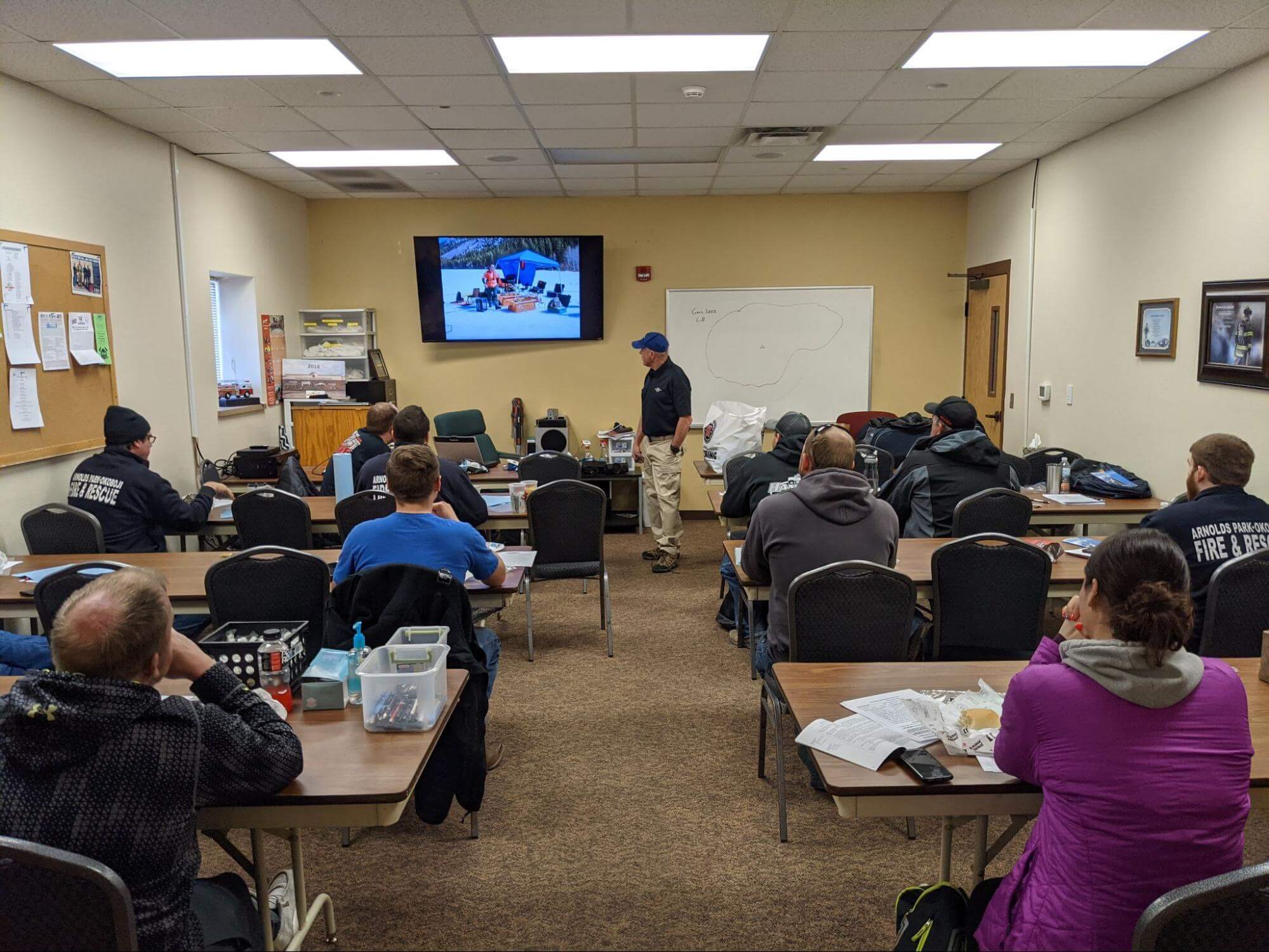
In a perfect scenario, each team member would immediately snap into their respective role and conduct the mission. In practice, things may not go as planned. For this reason, it is integral to familiarize each team member with contingency plans. This includes identifying backup divers, ensuring there is adequate backup equipment, and cross training the whole team on diving, cutting, and tethering techniques.
Once a call is received and the team is deployed, each member should feel confident about their core role, and also have the capabilities to react to adaptive situations. The SAR team will proceed to have divers gear up in a dry suit, full face mask, and carry a backup regulator. Once on the scene, the designated entry cutters will get to work.
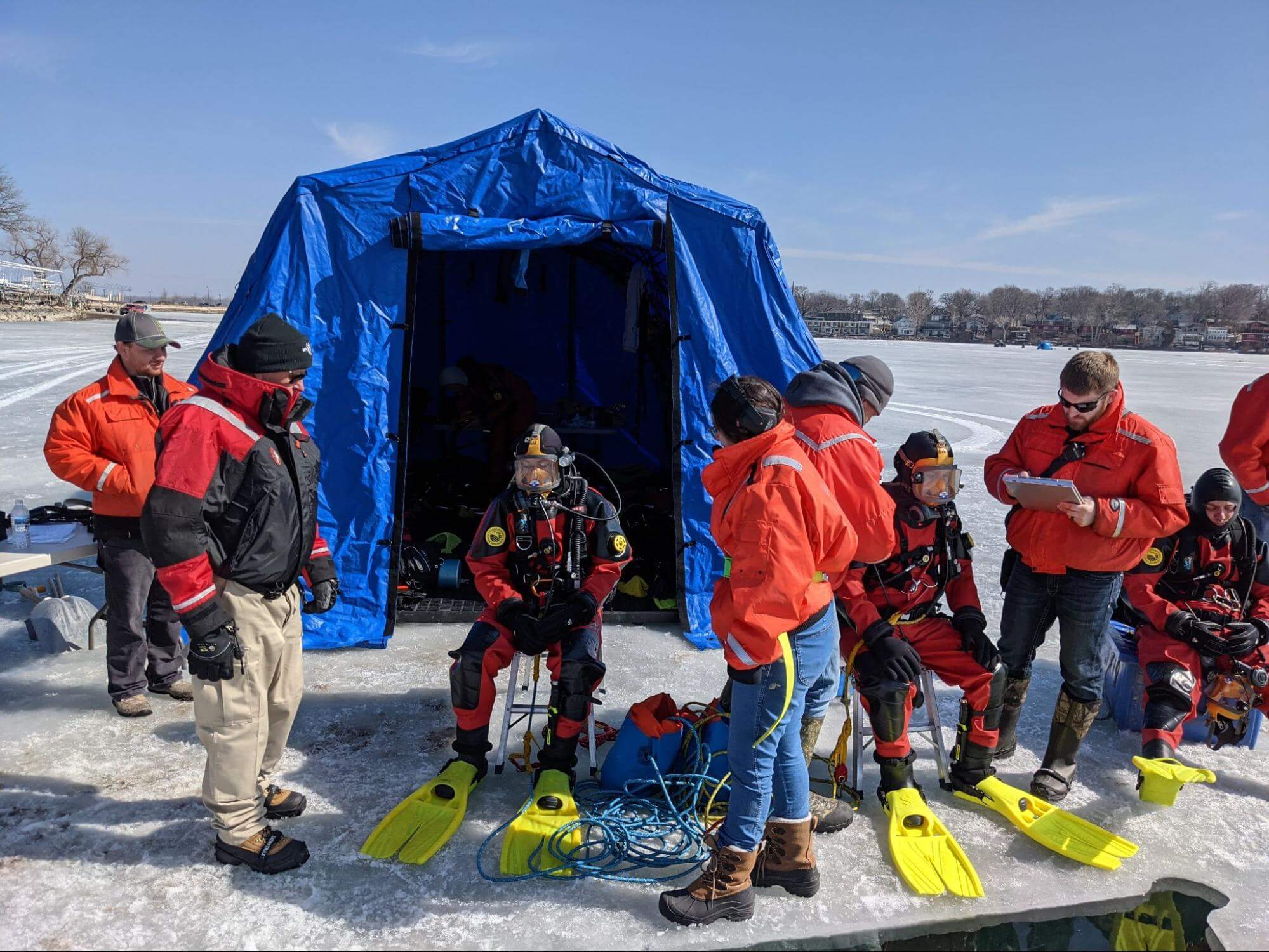
The circle search is best for searches where the area of the target is known with relative accuracy. If the initial breach point is easily identifiable, this is typically the reference point. The radius of the circles depends strongly on visibility and underwater conditions. There should be a small overlap between the current circle and the previous circle to avoid the risk of missing the target. If the target is not found by the time the circle search has been completed, the team may shift the center point and then start again.
One common variation on the grid search method is the compass grid search. In this pattern the diver swims parallel lines on a compass bearing and its reciprocal while conducting a visual search. The lines chosen often allow for overlap to ensure accuracy.
Read our full article on SAR Tactics here.
Use ROVs to examine hazardous areas in your search and rescue missions
Depending on the circumstances, recovery missions can last for days or weeks. Strong currents or murky conditions can result in rapidly changing environments with near-zero visibility. Precarious environments like this make searches difficult, and generally lead to extended timelines. At the 2-3 week point, decomposition can make recoveries more sensitive, and SAR teams may consider specialized tactics for a dignified retrieval.
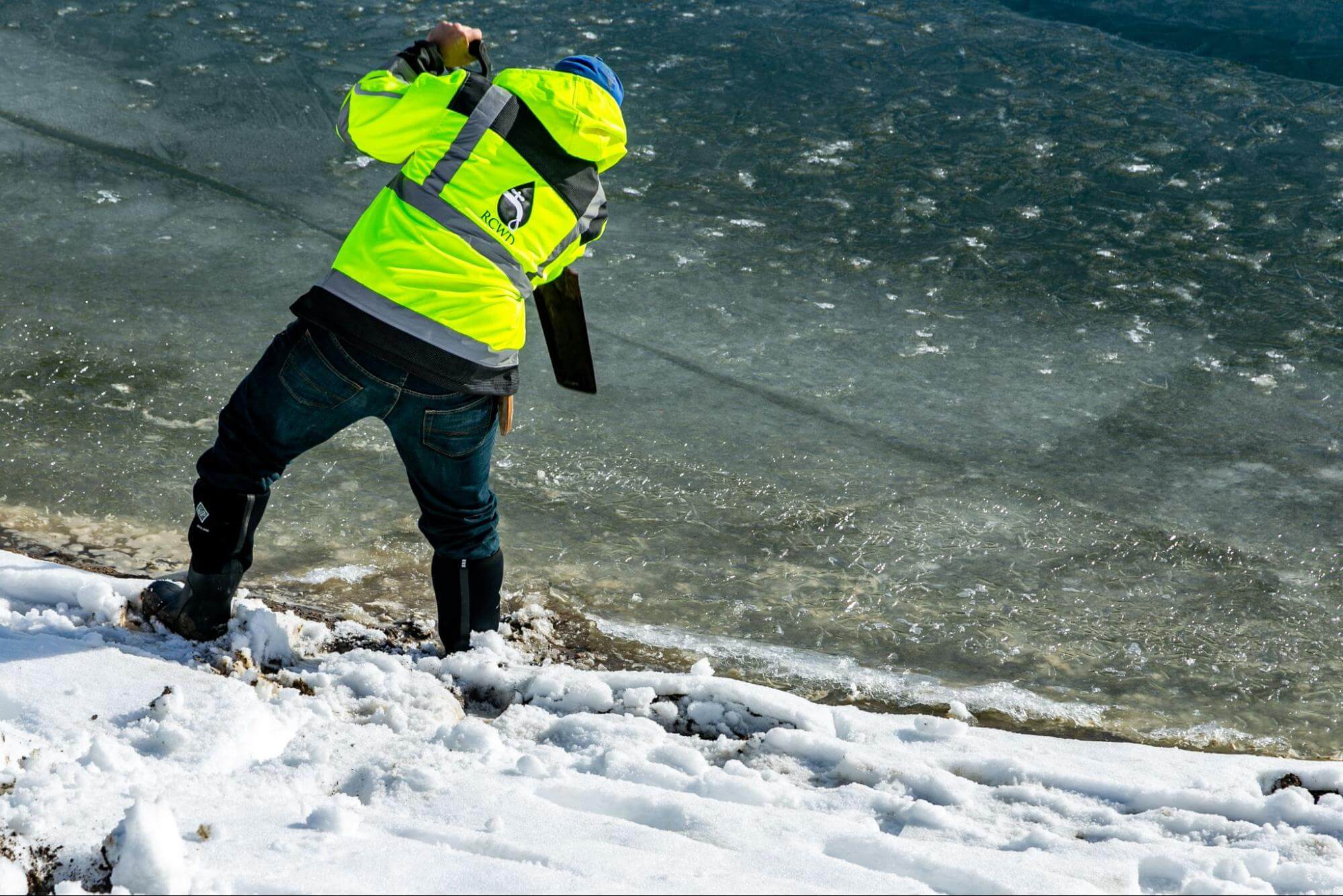
Not only are ice sheets dangerous for navigating to the optimal entry point, but they also cause unpredictable surfacing techniques. While some ocean or lake conditions may have intermittent open areas for resurfacing, these pockets are never guaranteed. Ice divers should always be tethered and managed to a tender for safe guidance back to the original entry point.
Ice divers will utilize the rule of thirds for oxygen management. While conducting the search, divers will need to monitor their tank levels and aim to use one third of their oxygen swimming away from the entry, one third swimming back, and save one third for malfunction issues.
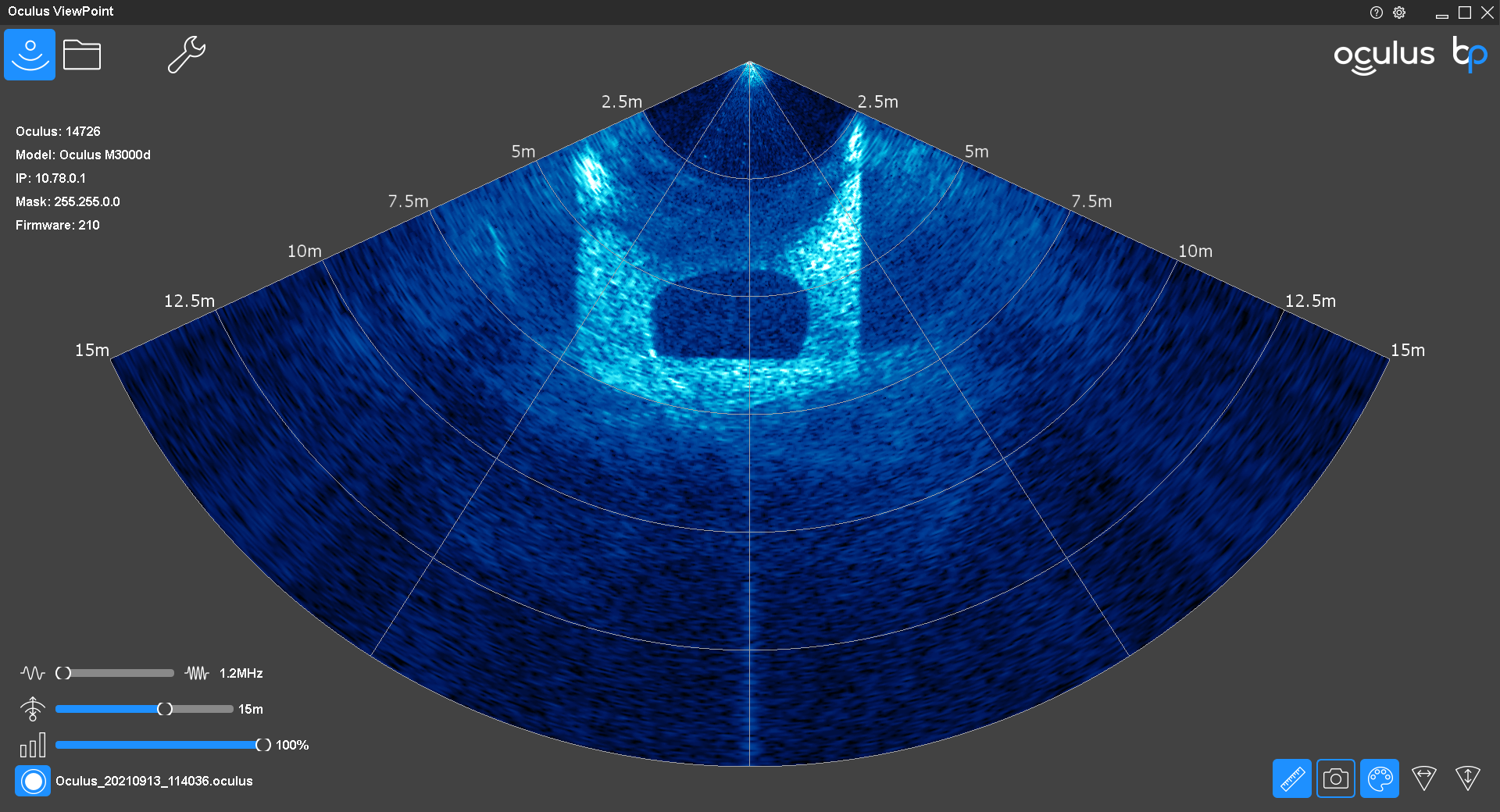 A Deep Trekker ROV identifying an object with 15m (49ft) using the M3000 Oculus Sonar.
A Deep Trekker ROV identifying an object with 15m (49ft) using the M3000 Oculus Sonar.
Additionally, an ROV can also be equipped with positioning systems. This enables the SAR team to track the vehicle’s position on a map and plot waypoints for areas of interest. If the victim is identified by the ROV, the rescue team will immediately have precise map coordinates for deployment.
Having an ROV on standby for SAR missions can benefit diver safety in two ways. Firstly, having an ROV in the water can act as a monitoring system for the divers. If any breakdown of communication occurs, the vehicle can provide a visual update on the diver’s status. In the event of a tether break, the ROV can also substitute in as a reliable line back to the entry hole.
Secondly, since the vehicle can act as a primary diver during search missions, it lowers the number of people required to enter the water. No matter how effectively an ice diver has been trained or the quality of their equipment, every dive carries a risk. The only way to completely eliminate the chance of injuries or deaths is to keep humans out of the water.
Additionally, ROVs can generally operate for between 4-8 hours on a single charge in comparison to 30 minutes for a diver. This extension of search times allows for more effective searches. In the event of a recovery mission, the time capabilities between ROVs and human divers compounds and can exponentially decrease the overall search time.
Interested in learning more? Check out our comprehensive article covering ROVs for search and recovery here.

Intelligent addon capabilities are the key to an optimized ROV experience. Deep Trekker offers a variety of imaging sonars, physical manipulators, and positioning systems that are excellent for SAR. Integration of sonar with the REVOLUTION or PIVOT ROV provide operators with vision though murky conditions between 0.1m (4 inches) and 200m (656ft).
USBL positioning sensors allow for team members to map the ROV location and mark multiple waypoints as areas of interest during a mission. Additionally, modular grabber arms can be mounted on any Deep Trekker ROV. These claws allow the ROV to latch onto a variety of objects, either for direct retrieval or to offer a direct tether line to a target.
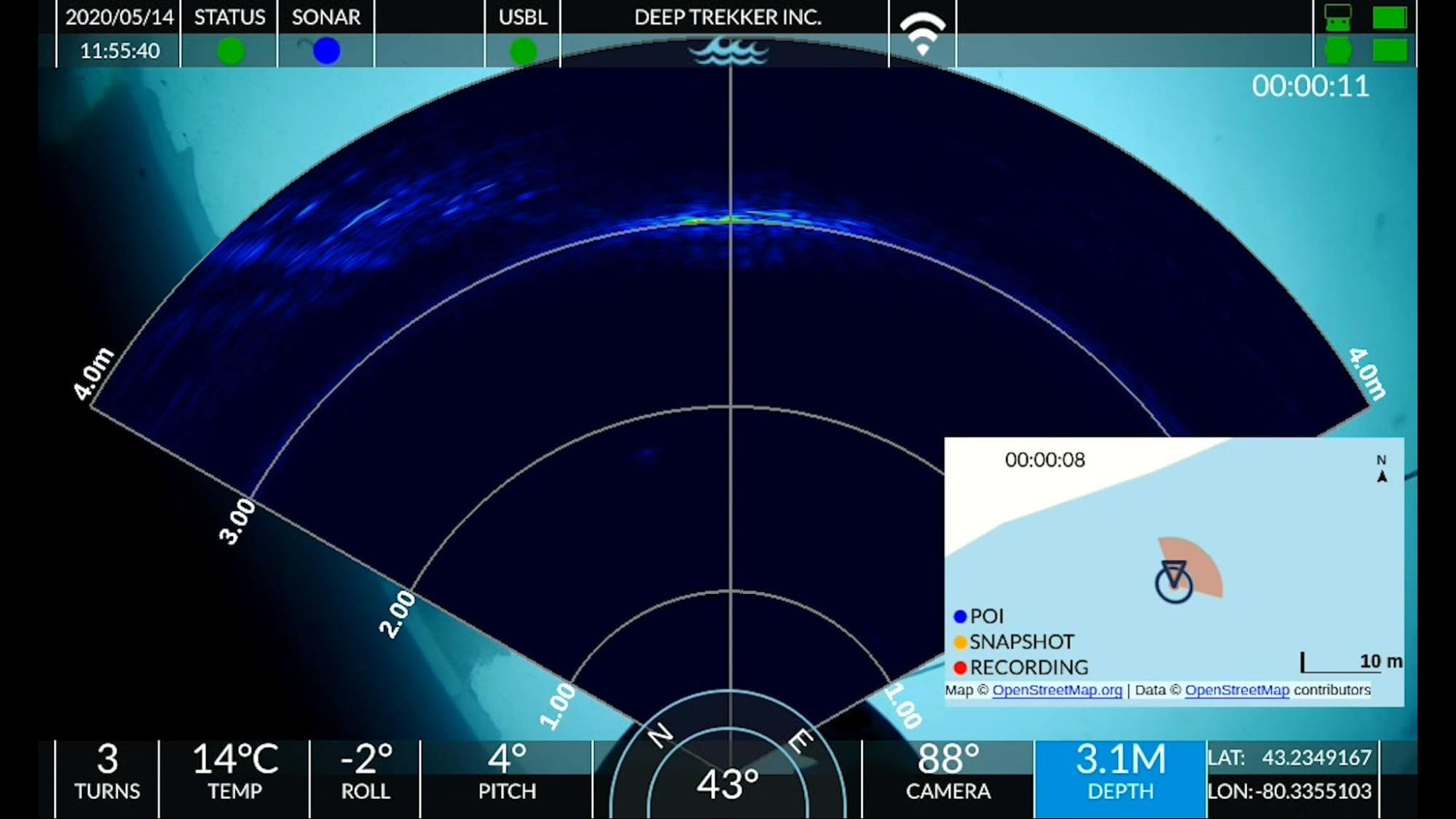 A Deep Trekker ROV display showing Sonar Feed and USBL Positioning.
A Deep Trekker ROV display showing Sonar Feed and USBL Positioning.
Impressive systems alone aren’t enough to provide a best-in-class experience. Deep Trekker’s intuitive robots are extremely sophisticated, yet simple to deploy and pilot. All packages include a weatherproof controller housing a 7” screen, fiber optics tether with options up to 850m for PIVOT & REVOLUTION, and reel. Since the ROVs are incredibly easy to operate, they require minimal training which allows for seamless operation across team members.
For more information about each ROV Package, check out our in-depth ROV Buying Guide.
As always our team of experts is available to answer any questions you may have. Reach out about a customized quote or product demonstration today.
April 22nd, 2025
FLAIMS 2024 showcased SAR teams integrating ROVs, sonar, and drones, advancing...
April 4th, 2025
Join Deep Trekker and Navtech Radar at Ocean Business 2025 to...
April 3rd, 2025
Advanced ROV training at Deep Trekker Headquarters helped H2O Drones improve...